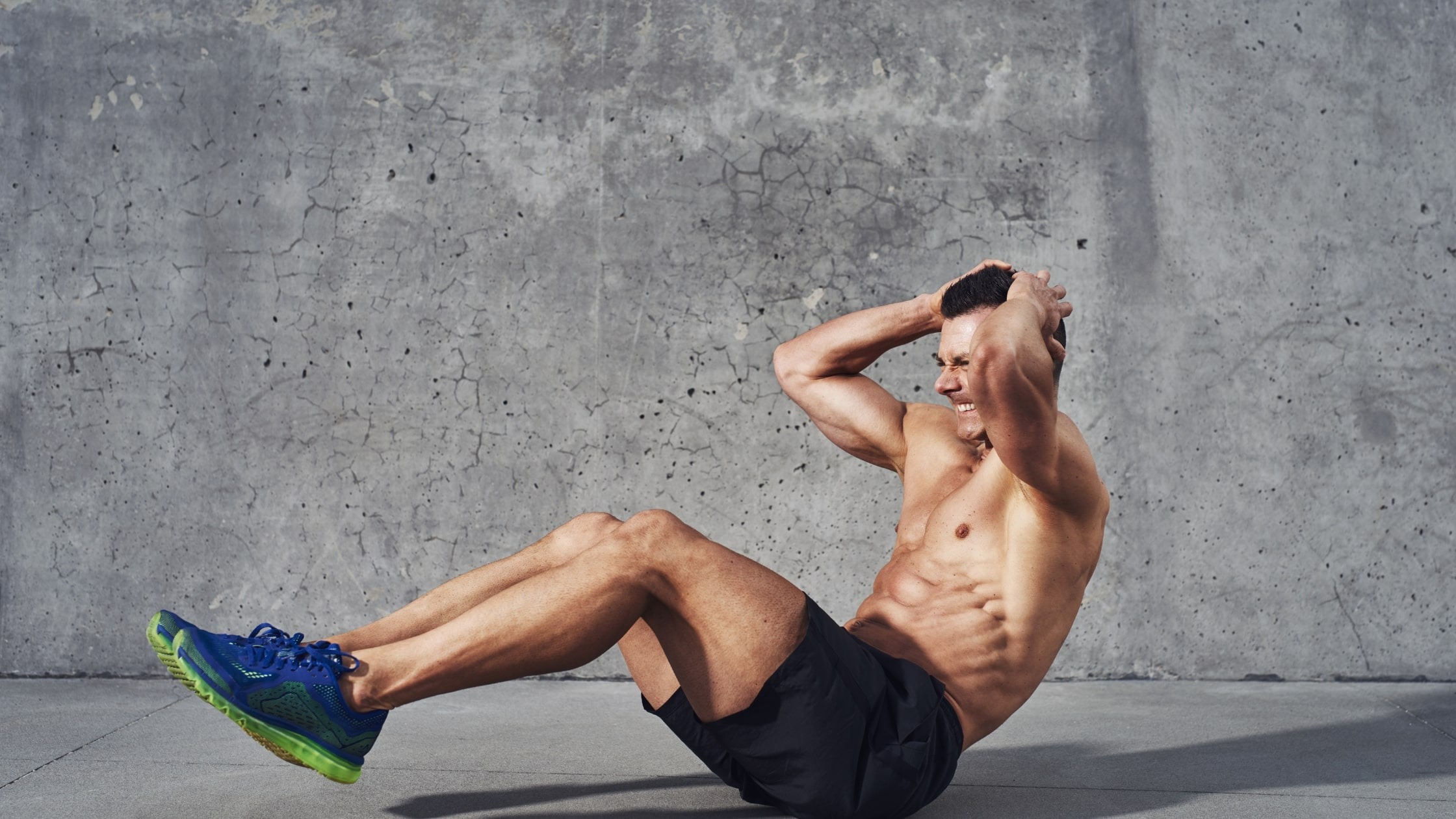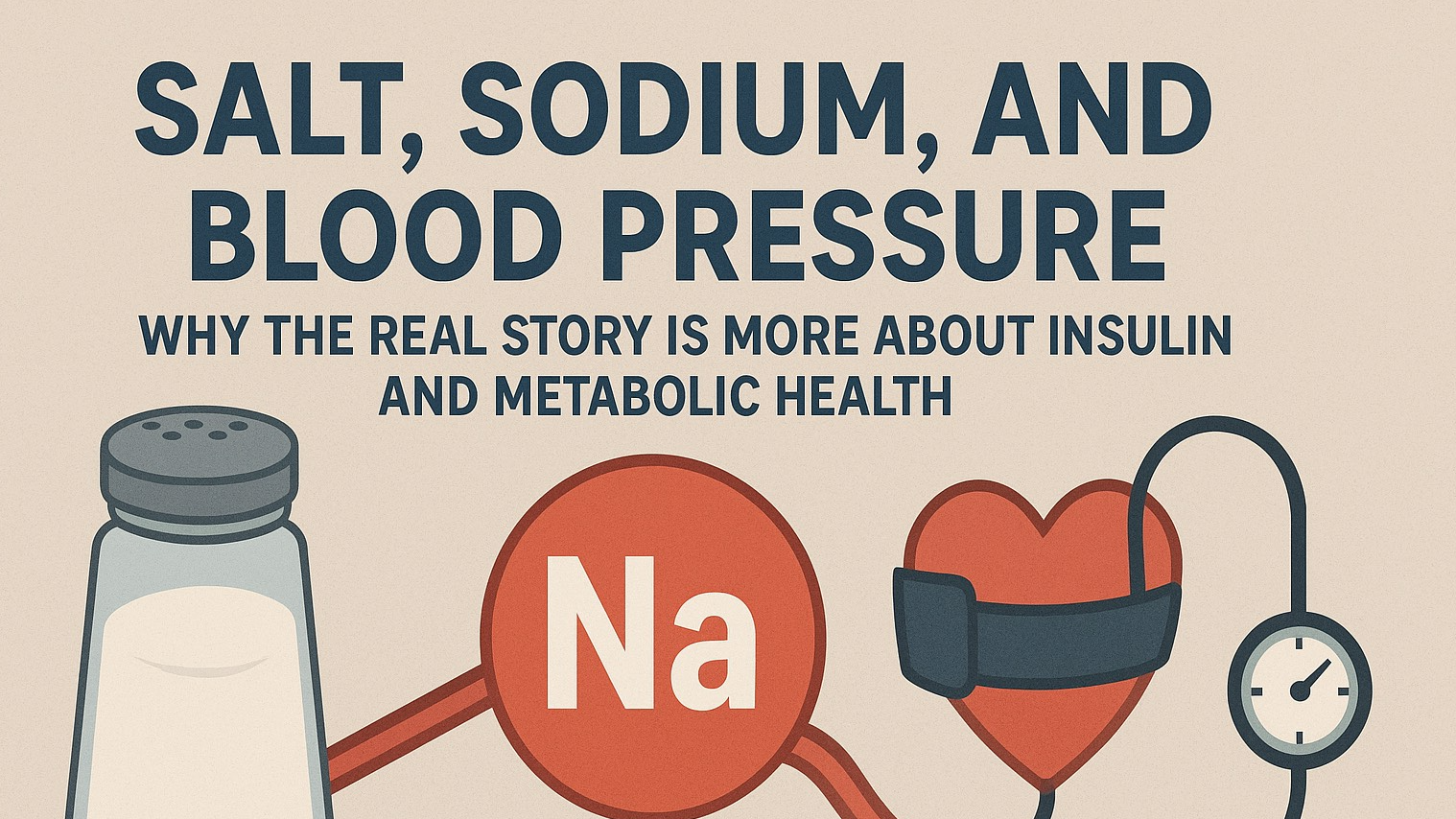
Improve your workout quality with these daily moves
As we continue posting a one-month (one-week at a time) Bodyweight Exercise Challenge to show you that starting with one new exercise daily is simple to learn, and can be easily modified to your fitness level. If you regularly attend a gym try supplementing this at home workout to get even better results. Let's get started!
Prior to each day do a warmup of 20 jumping jacks, 10 push-ups (from the knees is fine), 20 high knees, and 10 arm circles front and back. This should take no more than 3-5 minutes. Then perform the exercise for the day with 12-20 repetitions and repeat for 3-4 cycles with 30-60 second rest in between. Make sure to drink water before and in between exercises.
Happy training!
Day 15: Abdominal Crunch
Targets: The pair of ab muscles in front/sides of the body—your six-pack (rectus abdominis)
Get Started: Start on the floor, lie on your back, knees bent, and envision your navel sucked toward your spine. Place your hands gently cradled behind the head or crossed over your chest. Avoid pulling on your neck to take your chin toward chest. With eyes focused on the ceiling, tighten your core, and lift shoulder blades off the floor a few inches, exhaling as you lift. Return to start position and repeat for a determined amount of reps.
Modification: Maintain one or both hands behind head if neck feels strained.
Day 16: Bicycle Crunch
Targets: Obliques (side abs) and rectus abdominis
Get Started: Starting on the floor, lie on your back on an exercise mat with your low back pressed into the floor, legs extended with slightly bent knees, and head and shoulders raised a few inches off the floor. Place hands lightly on sides of your head. Avoid pulling on head and neck. Tighten your core, bring one knee toward the chest and opposite elbow, twisting the body through the core in one motion. (You don’t have to touch the elbow.) Lower the leg and arm at the same time and repeat this motion on the other side. Perform exercise for a determined amount of reps.
Modification: Change the knee angle using a more bent knee for less range of motion.
Day 17: Crab Crawl
Targets: Triceps, shoulders, core, back, hamstrings, quads
Get Started: For this full-body move, sit on the floor with knees bent, feet flat on the floor, palms behind you on the floor with fingers tips facing your body just behind hips. Tighten your core and lift your butt off the floor. Using your right hand and left foot, take a step forward. Repeat this action on the other side. Continue exercise for a determined amount of steps or for time.
Modification: Perform an isometric crab hold (without movement). Point fingertips away from the body if wrists hurt during the exercise.
Day 18: Burpee (add a push-up if you can)
Targets: This full body move works the arms, chest, quads, glutes, hamstrings, and core.
Get Started: Start in standing position, feet shoulder-width apart. Tighten your core, move into a deep squat position with hands on the ground. Jump feet backward holding a plank position, then jump feet forward returning to squat position. From there, you'll jump upward extending through ankles, knees, and hips, and land back in squat position. Repeat move for a determined amount of reps or for time.
Modification: Advanced exercise adds a push-up after jumping back into a plank. Beginning exercise uses an incline (bench/chair) instead of the floor and/or removing the jumping portion of the exercise.
Day 19: Long Jump
Targets: Core, hips, quads, glutes, back, shoulders, arms
Get Started: Stand with feet shoulder-width apart and in a partial squat position. Engage your core and using a big arm swing, jump forward as far as you can. Repeat for a determined amount of reps. Measure the jump for progress.
Modification: Perform exercise on soft turf to reduce impact. Reduce the range of motion using a double-footed hop forward instead of explosive jump forward.
Day 20: Long Arm Crunch
Targets: Rectus abdominis (six-pack), deep abs, lower back extensors, obliques (side abs)
Get Started: Start on the floor using an exercise mat. Lie on your back, knees bent, with feet remaining flat on the floor. Extend arms overhead, with palms facing the ceiling one over the other. Tighten your core and curl up without using your head or neck. Exhale as you bring your body upward, keeping arms extended and until lower back is barely lifted off the floor. Slowly return to start position. Repeat exercise for a determined amount of reps.
Modification: Perform a basic crunch supporting your head if the neck feels aggravated during movement.
 Add Row
Add Row  Add
Add 










Write A Comment